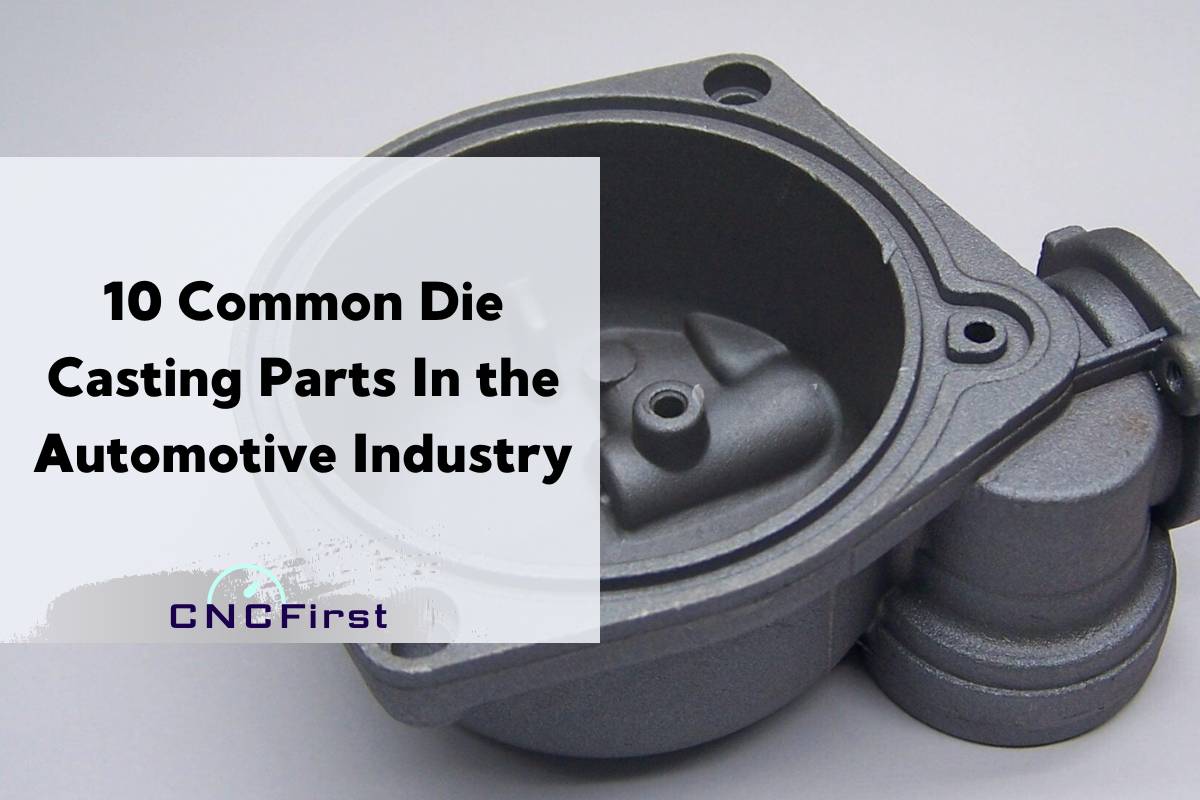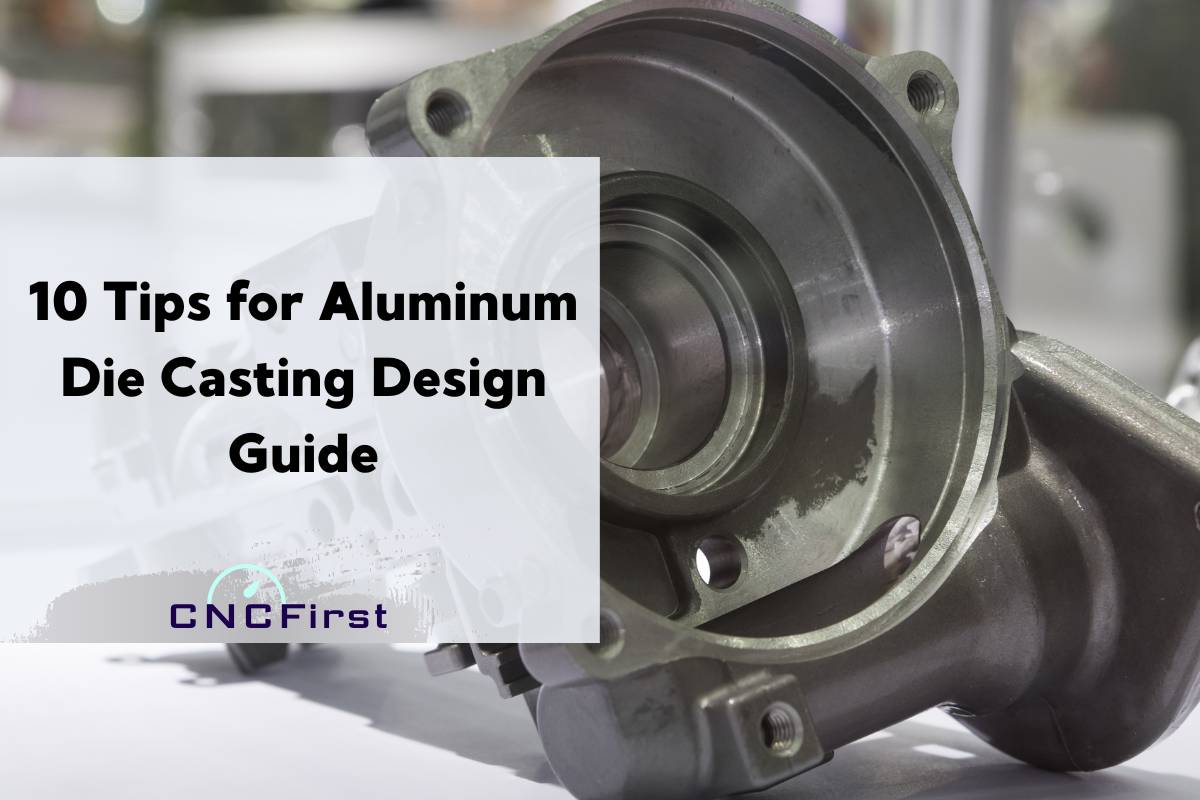Unveiling Xiaomi’s Integrated Die-Casting Technology: How is it Achieved?
Have you ever wondered how Xiaomi achieves precision and efficiency in its electric vehicles? The recent fire of Millet SU7 is inseparable from millet’s excellent marketing. In millet marketing, integrated die casting technology is an important highlight. Xiaomi’s integrated die-casting technology is a groundbreaking advancement that’s redefining automotive manufacturing.











